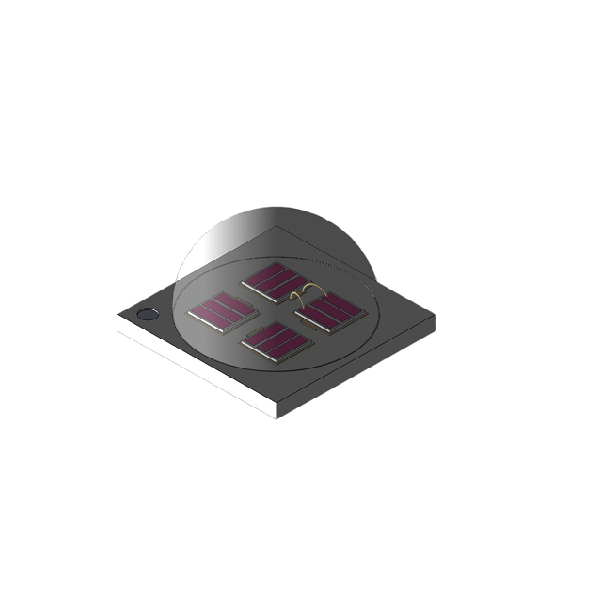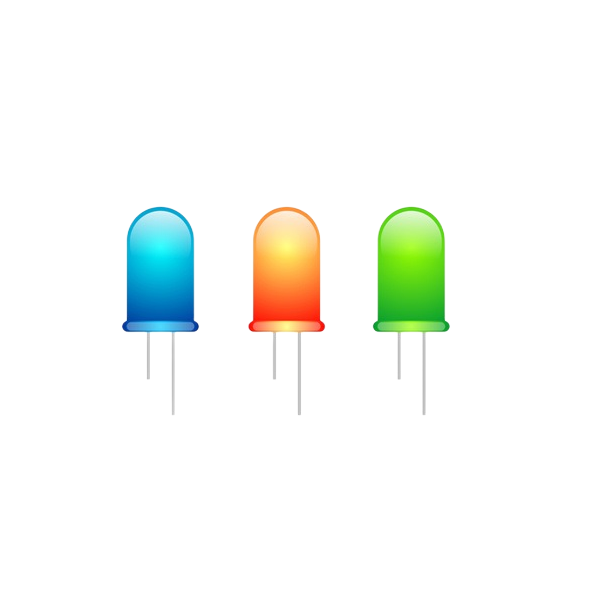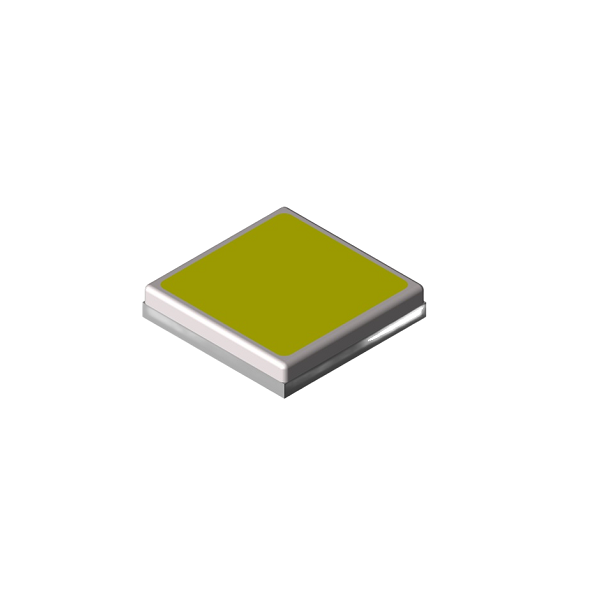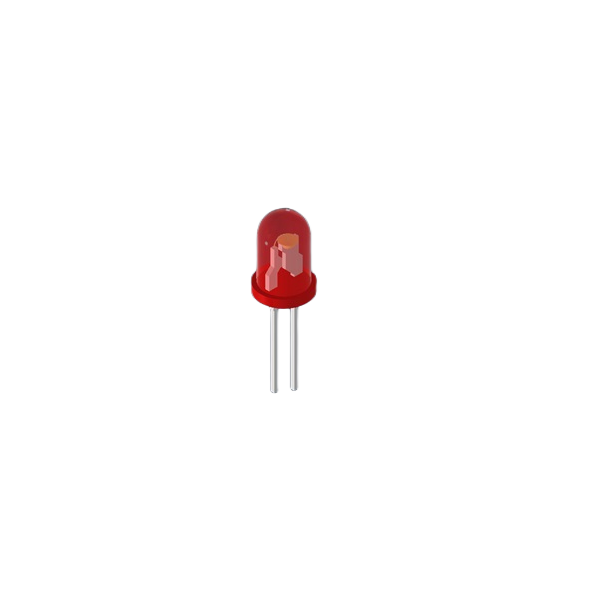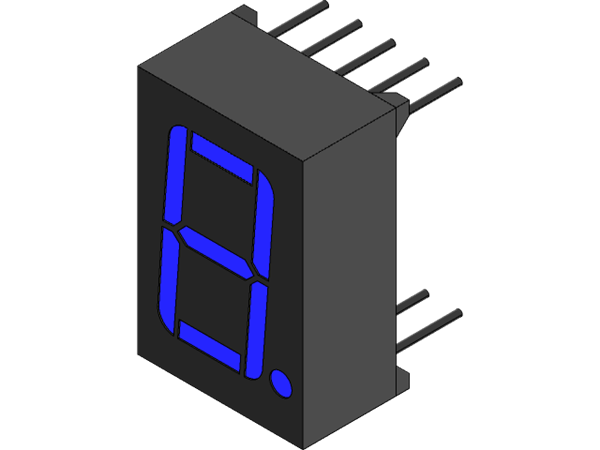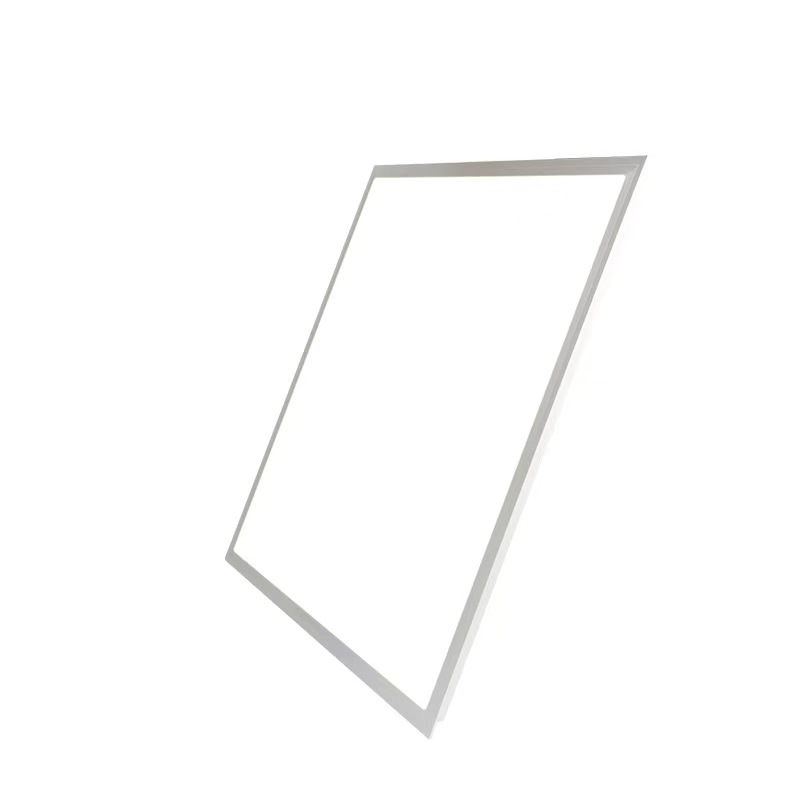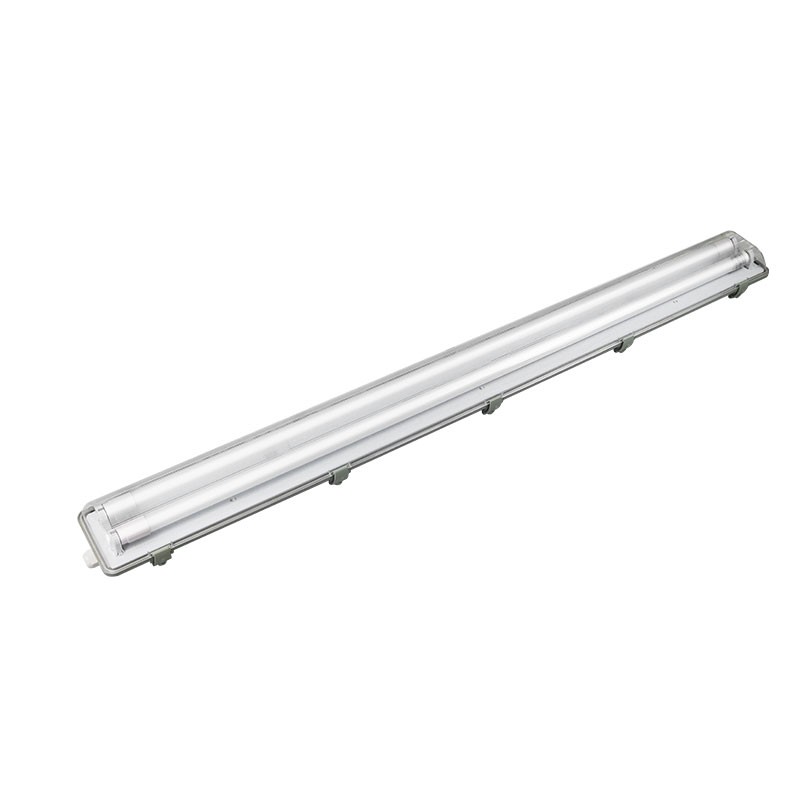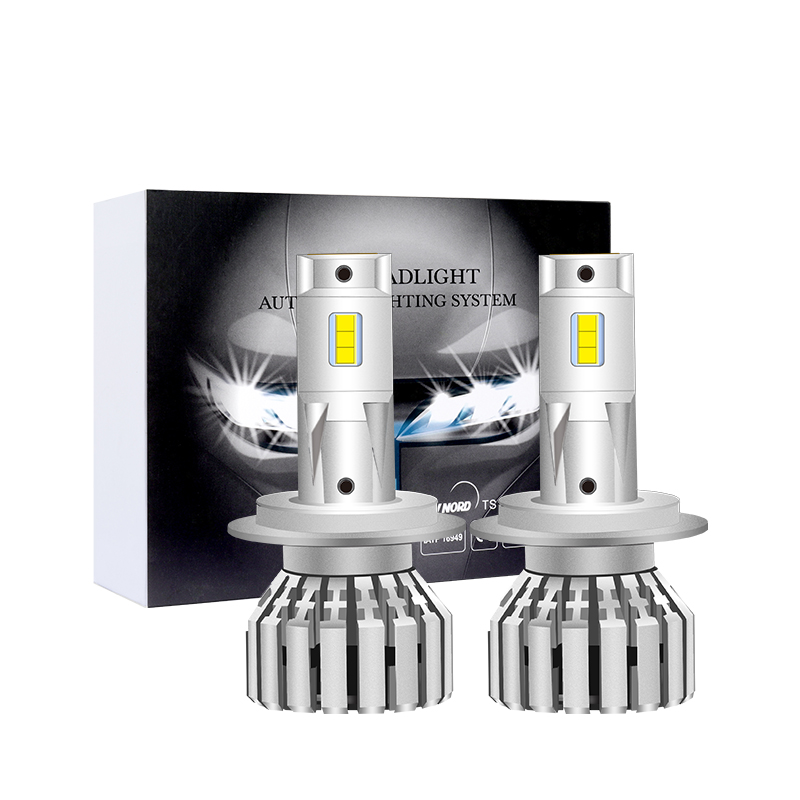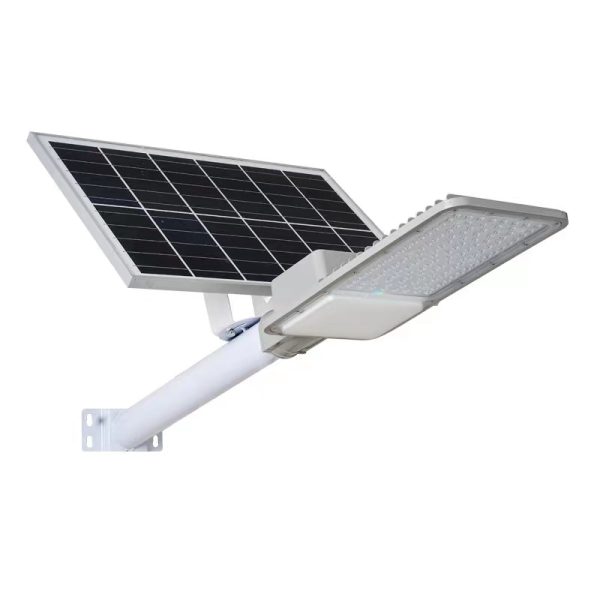Infrared LED is a type of light-emitting diode that can emit infrared radiation. In our daily lives, Infrared LEDs have a wide range of applications, such as remote controls, security systems, medical equipment, etc. So what is the working principle of Infrared LEDs? Where is it applied? Let’s take a look together.
The working principle of Infrared LEDs
The working principle of Infrared LEDs is similar to that of ordinary light-emitting diodes, which are formed by reverse bias of PN junctions in semiconductor materials to form electron hole recombination, thereby generating photoelectric effects. The difference is that the light generated by the electron hole recombination of Infrared LEDs is infrared beyond the visible range of the human eye.
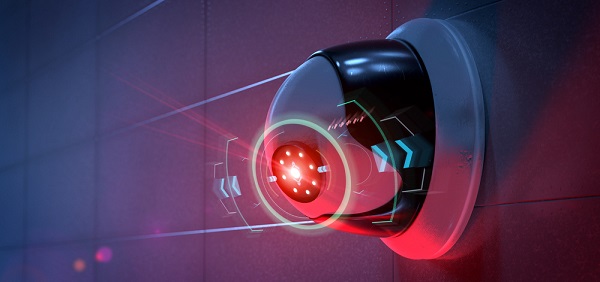
Application of Infrared LEDs
- Remote control: Remote control is one of the most common applications of Infrared LEDs. The remote control sends infrared signals to household appliances such as televisions and air conditioners, achieving remote control of household appliances.
- Security system: Infrared LEDs are also widely used in security systems. For example, infrared cameras, infrared sensors, etc. monitor the surrounding environment through infrared radiation, achieving timely detection and handling of safety hazards.
- Medical equipment: In the medical field, Infrared LEDs are also widely used. For example, thermometers, blood glucose meters, etc. use infrared to detect indicators such as body temperature and blood sugar, helping doctors diagnose and treat.
- Communication field: Infrared LEDs can also be used in the communication field. For example, wireless headphones, infrared data transmission, etc., achieve data transmission and communication between devices through infrared radiation.
Overall, Infrared LEDs have a wide range of applications, including remote controls, security systems, medical equipment, communication fields, and so on.


